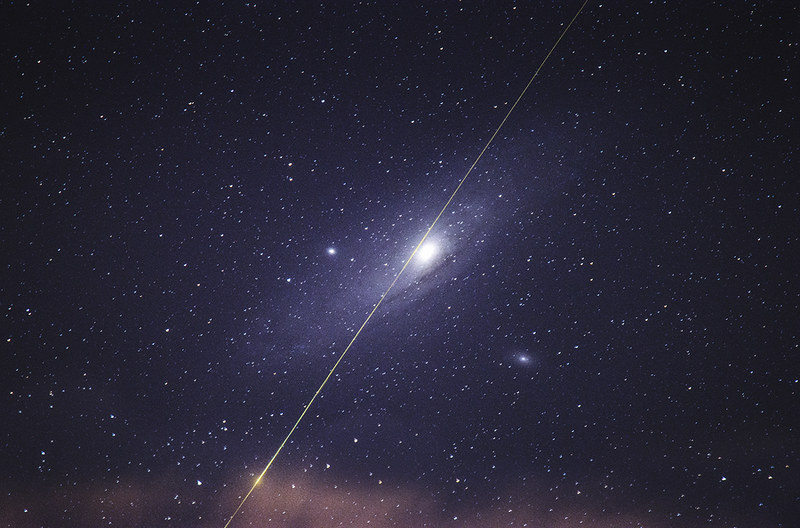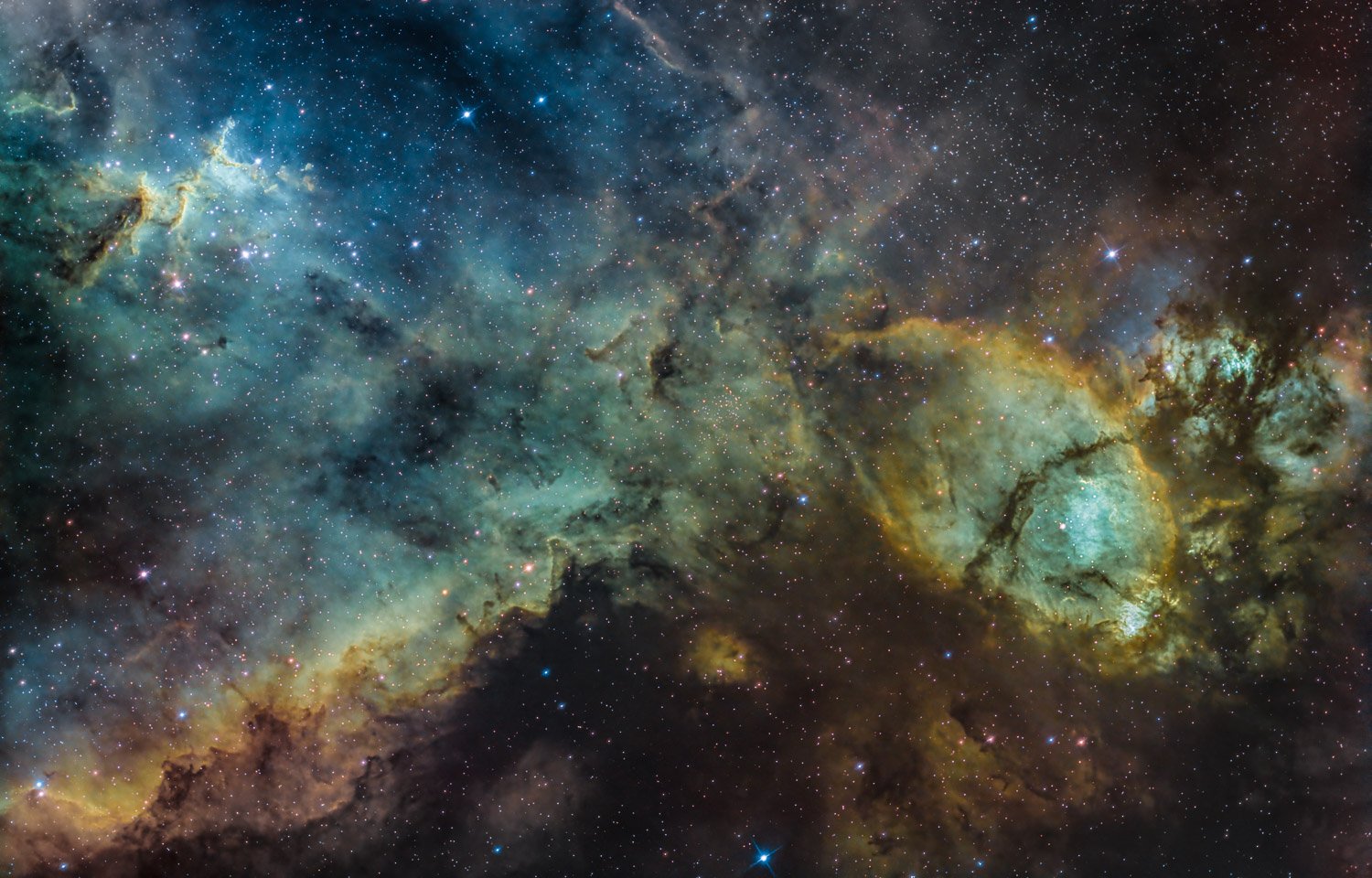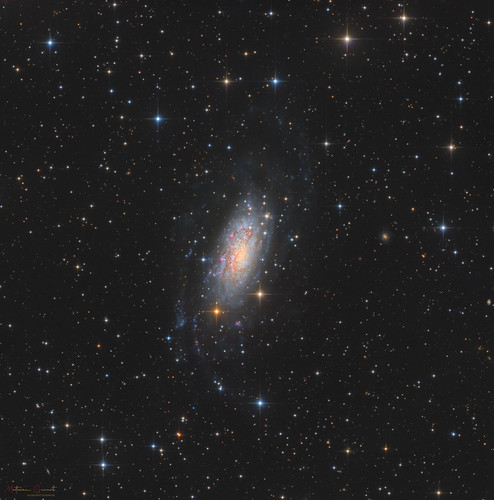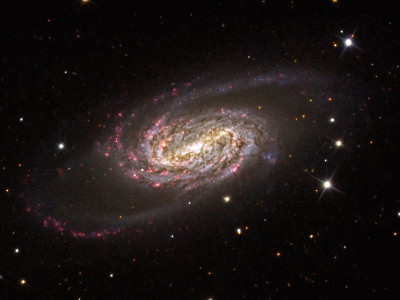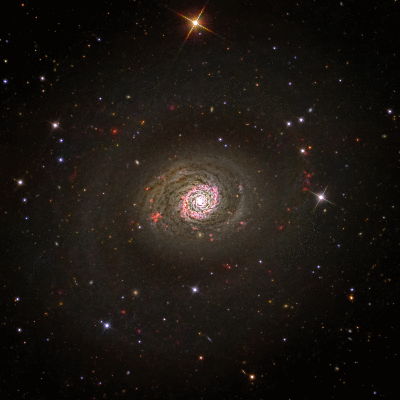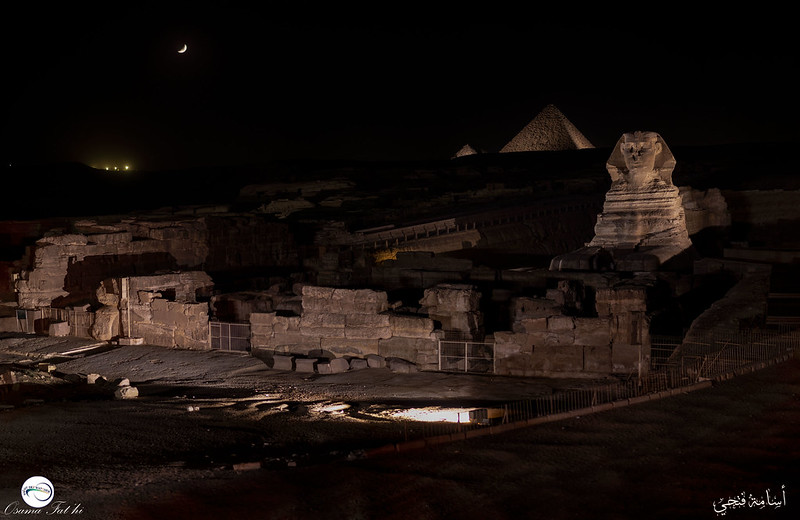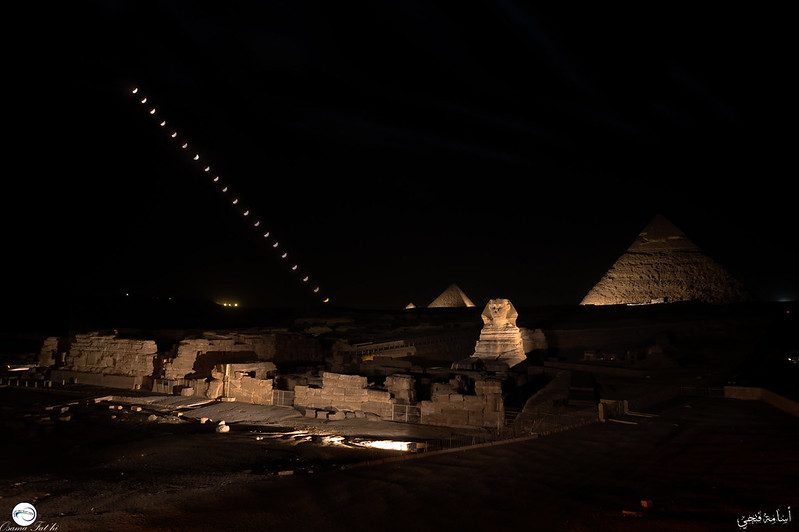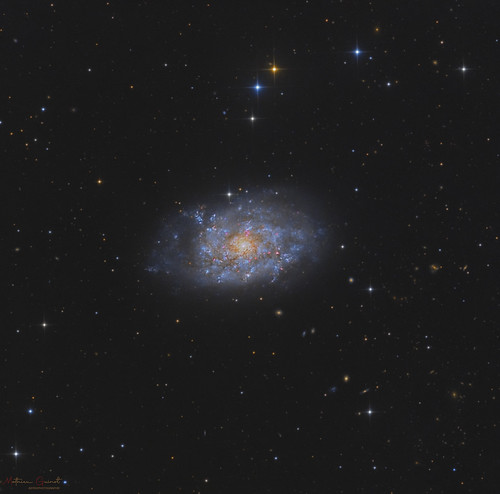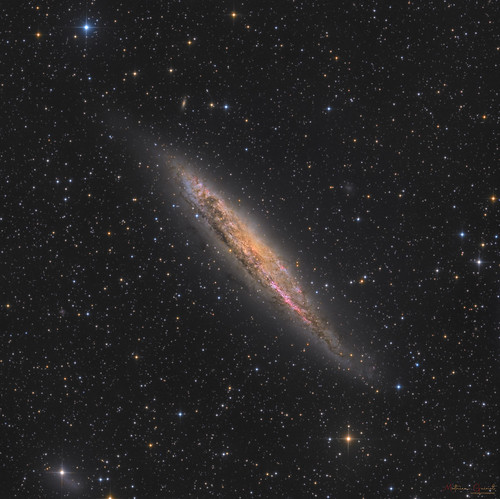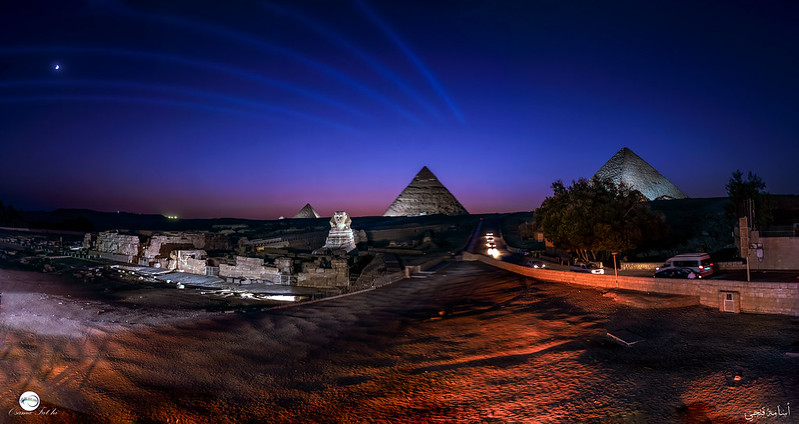Re: Submissions: 2022 September
Posted: Wed Sep 28, 2022 10:55 pm
Submission for APOD by David M. Norris
The Great Andromeda Galaxy (M31) is the nearest spiral galaxy to our own with diameter of about 220,000 light-years and is approximately 2.5 million light-years from Earth with an estimated one trillion stars. Andromeda is the nearest large galaxy to the Milky Way. The galaxy's name stems from the area of Earth's sky in which it appears, the constellation of Andromeda.
Visible as a faint smudge on moonless nights, it is one of the farthest objects visible to the naked eye. Like the Milky Way, the Andromeda Galaxy has satellite galaxies. Two of the brightest, M32 and M110, can easily be seen in this image on either side of the core of Andromeda.
The Milky Way and Andromeda galaxies are expected to collide in around 4–5 billion years, merging to form a giant elliptical galaxy. The fate of our Solar System in such a collision is currently unknown. If the galaxies do not merge, the Solar System could be ejected from the Milky Way, or even join Andromeda!
Integration: 83 x 180s lights, 20 darks, 30 flats, 30 bias.
Telescope: Askar FRA400 72mm f/5.6 Quintuplet Petzval Flat-Field Astrograph
Camera: ZWO ASI2600MC Pro APS-C CMOS Color Cooled Astronomy Camera
Mount: iOptron HEM27
Filter: Optolong L-Pro Deep Sky Filter
Accessories: ZWO ASIAIR Plus, ZWO EAF
Software: PixInsight, Photoshop
Guiding Telescope: William Optics 50mm UniGuide
Guiding Camera: ZWO ASI290MM Mini
Polar Alignment: iPolar
Bortle Class: 5
Integration: PixInsight
Post processing: PixInsight, Photoshop
Captured Sep 23, 24 2022 by David M. Norris
Full Resolution at Astrobin: https://astrob.in/pdwup3/0/
The Great Andromeda Galaxy (M31) is the nearest spiral galaxy to our own with diameter of about 220,000 light-years and is approximately 2.5 million light-years from Earth with an estimated one trillion stars. Andromeda is the nearest large galaxy to the Milky Way. The galaxy's name stems from the area of Earth's sky in which it appears, the constellation of Andromeda.
Visible as a faint smudge on moonless nights, it is one of the farthest objects visible to the naked eye. Like the Milky Way, the Andromeda Galaxy has satellite galaxies. Two of the brightest, M32 and M110, can easily be seen in this image on either side of the core of Andromeda.
The Milky Way and Andromeda galaxies are expected to collide in around 4–5 billion years, merging to form a giant elliptical galaxy. The fate of our Solar System in such a collision is currently unknown. If the galaxies do not merge, the Solar System could be ejected from the Milky Way, or even join Andromeda!
Integration: 83 x 180s lights, 20 darks, 30 flats, 30 bias.
Telescope: Askar FRA400 72mm f/5.6 Quintuplet Petzval Flat-Field Astrograph
Camera: ZWO ASI2600MC Pro APS-C CMOS Color Cooled Astronomy Camera
Mount: iOptron HEM27
Filter: Optolong L-Pro Deep Sky Filter
Accessories: ZWO ASIAIR Plus, ZWO EAF
Software: PixInsight, Photoshop
Guiding Telescope: William Optics 50mm UniGuide
Guiding Camera: ZWO ASI290MM Mini
Polar Alignment: iPolar
Bortle Class: 5
Integration: PixInsight
Post processing: PixInsight, Photoshop
Captured Sep 23, 24 2022 by David M. Norris
Full Resolution at Astrobin: https://astrob.in/pdwup3/0/

